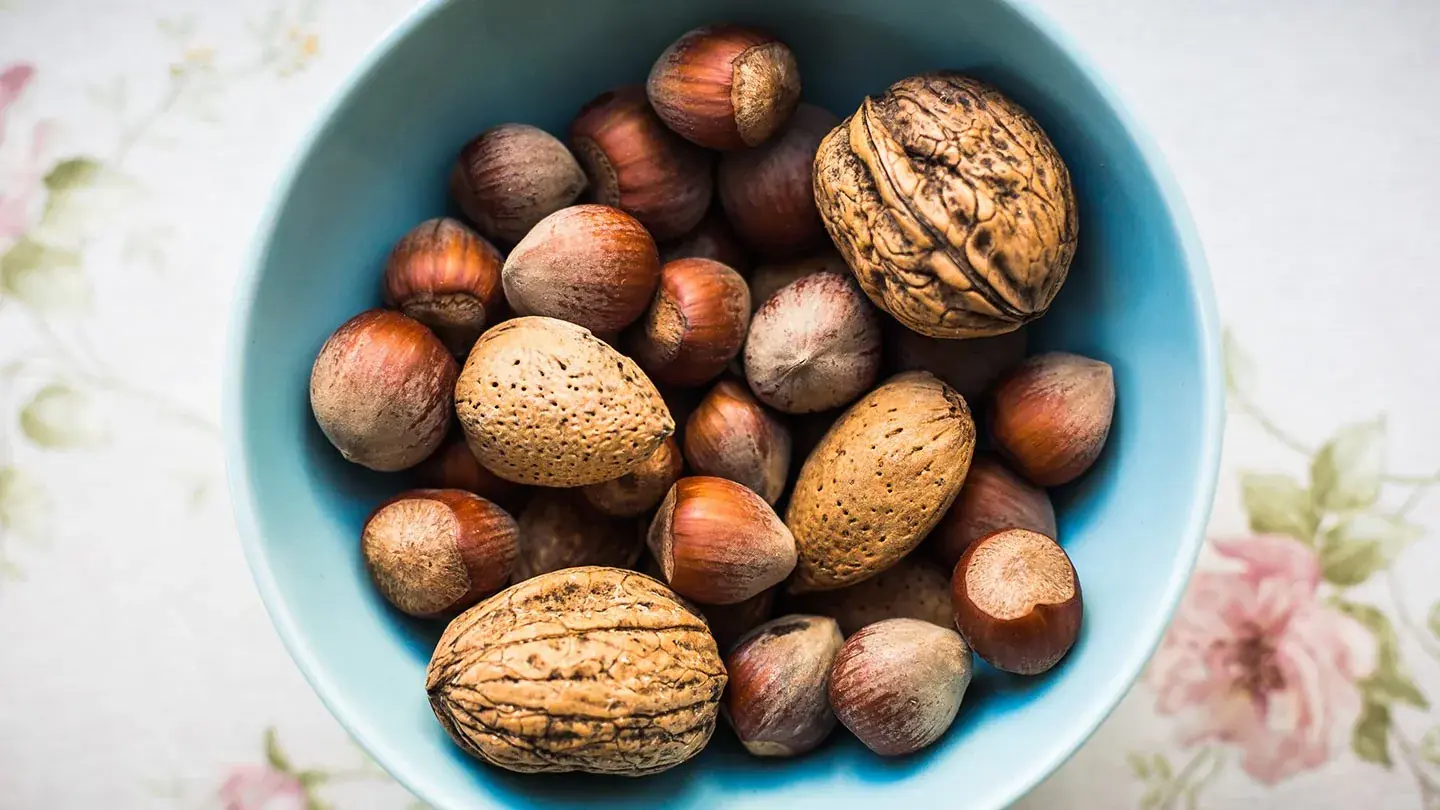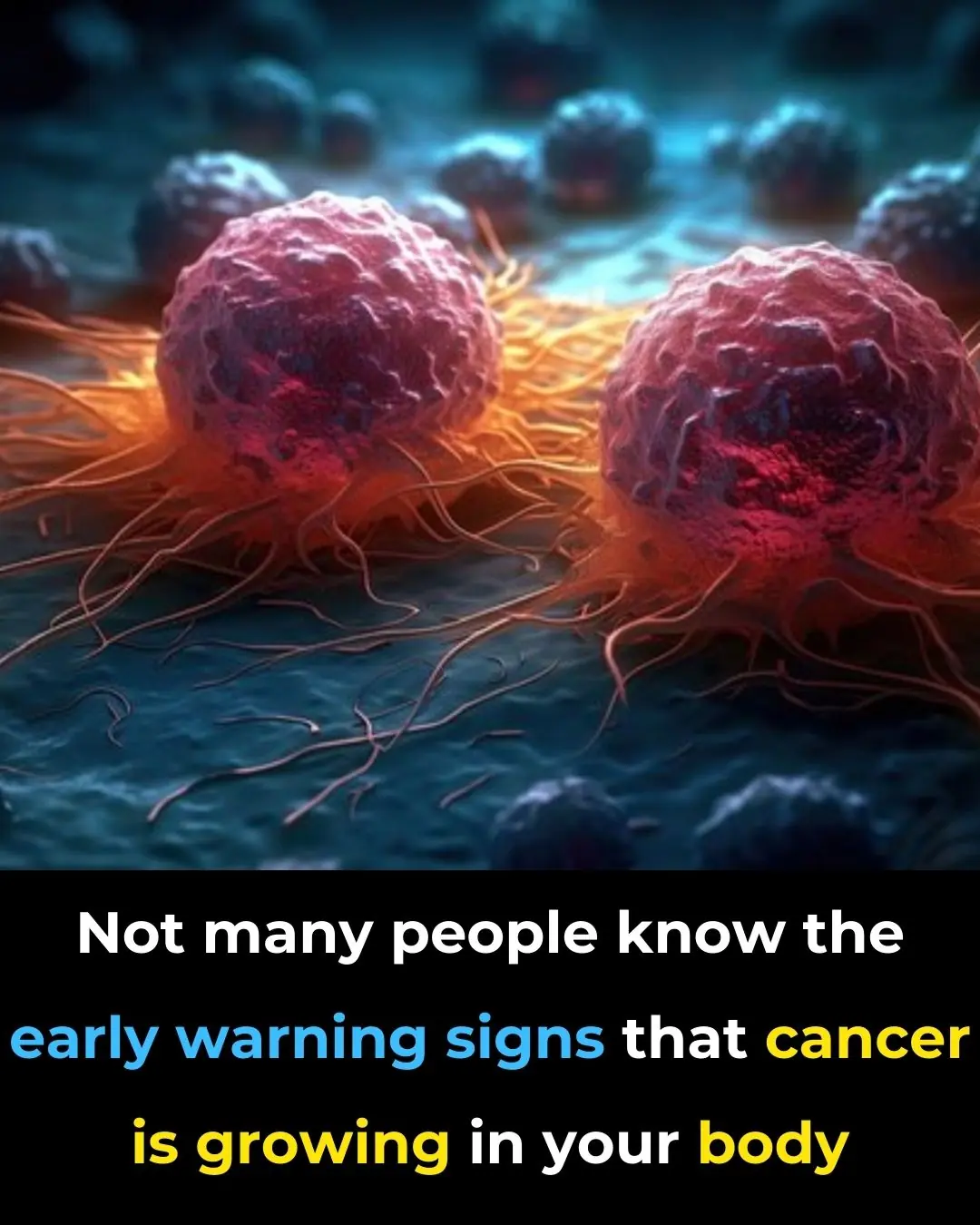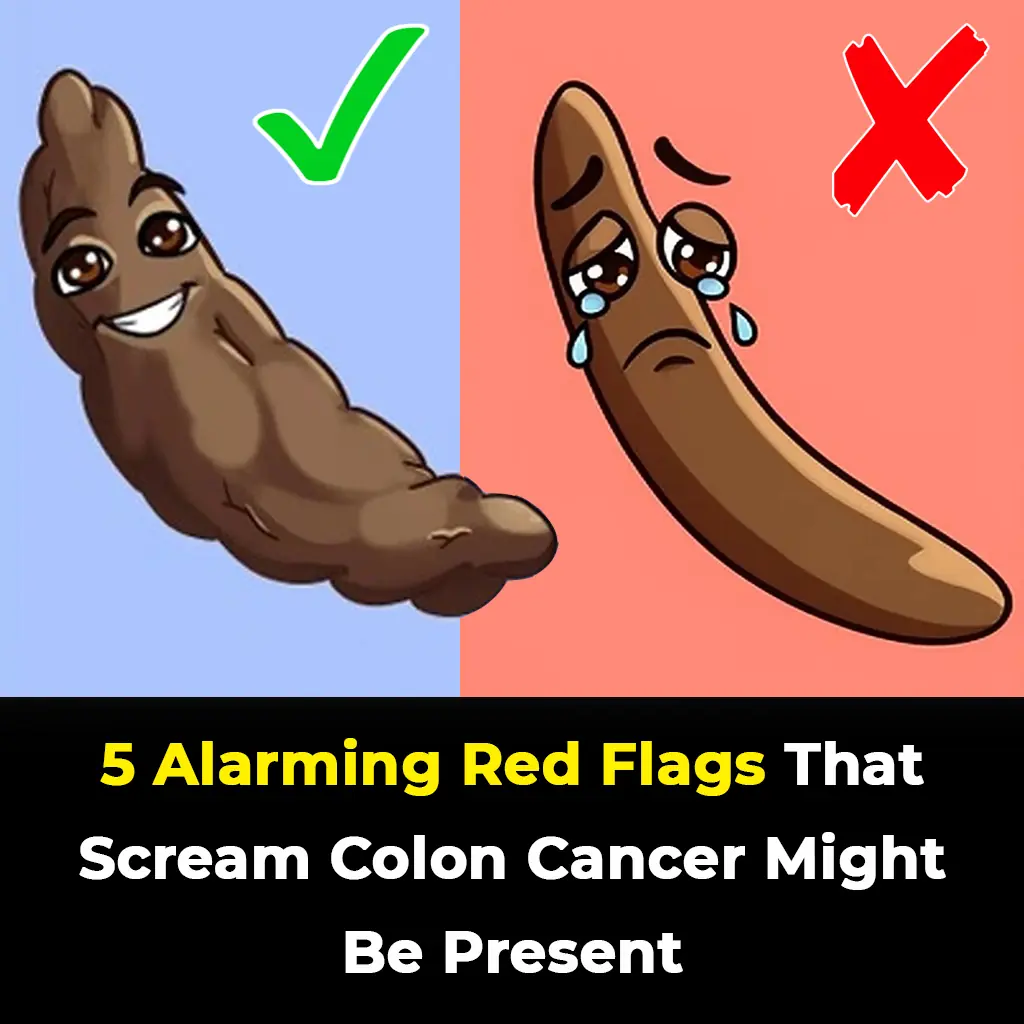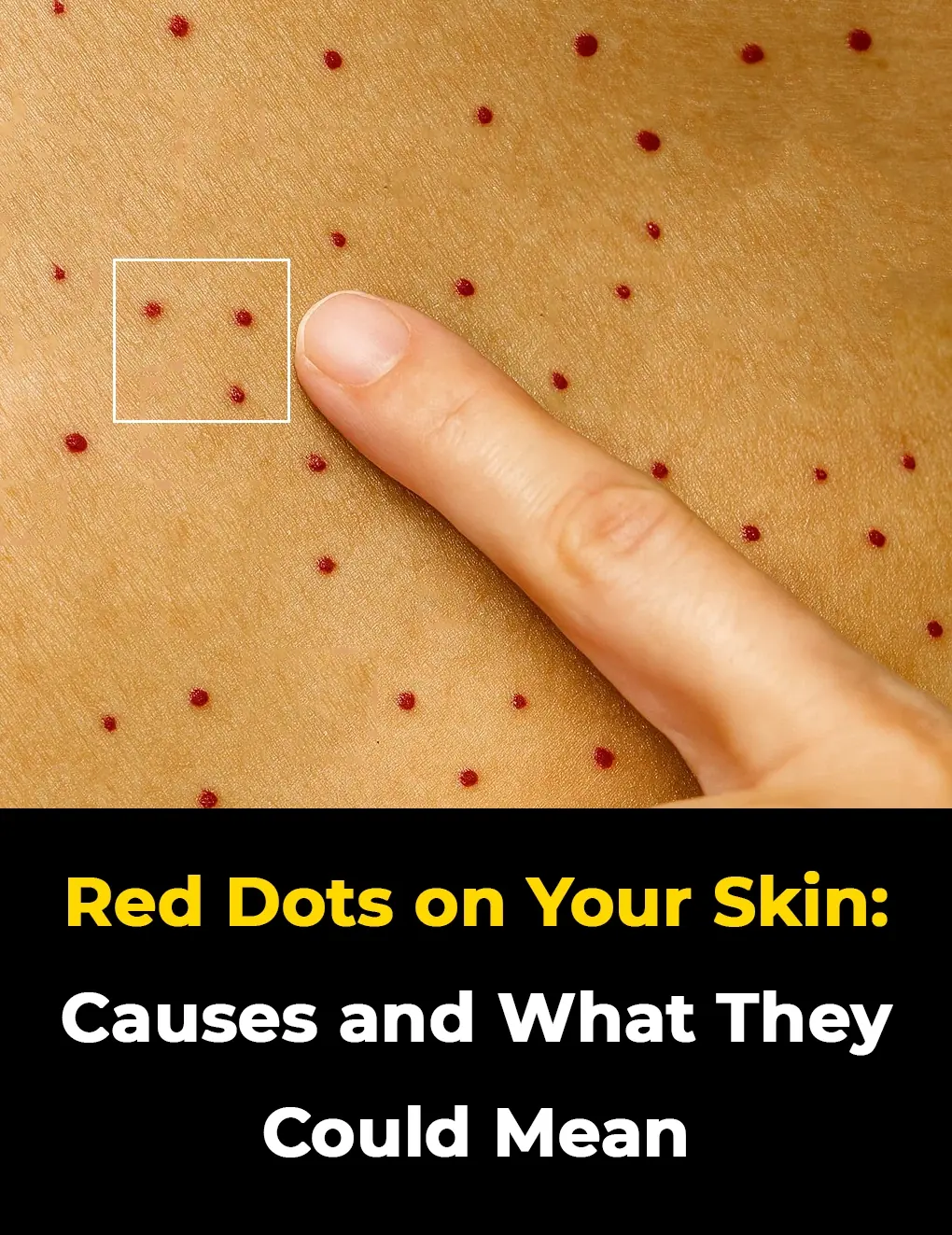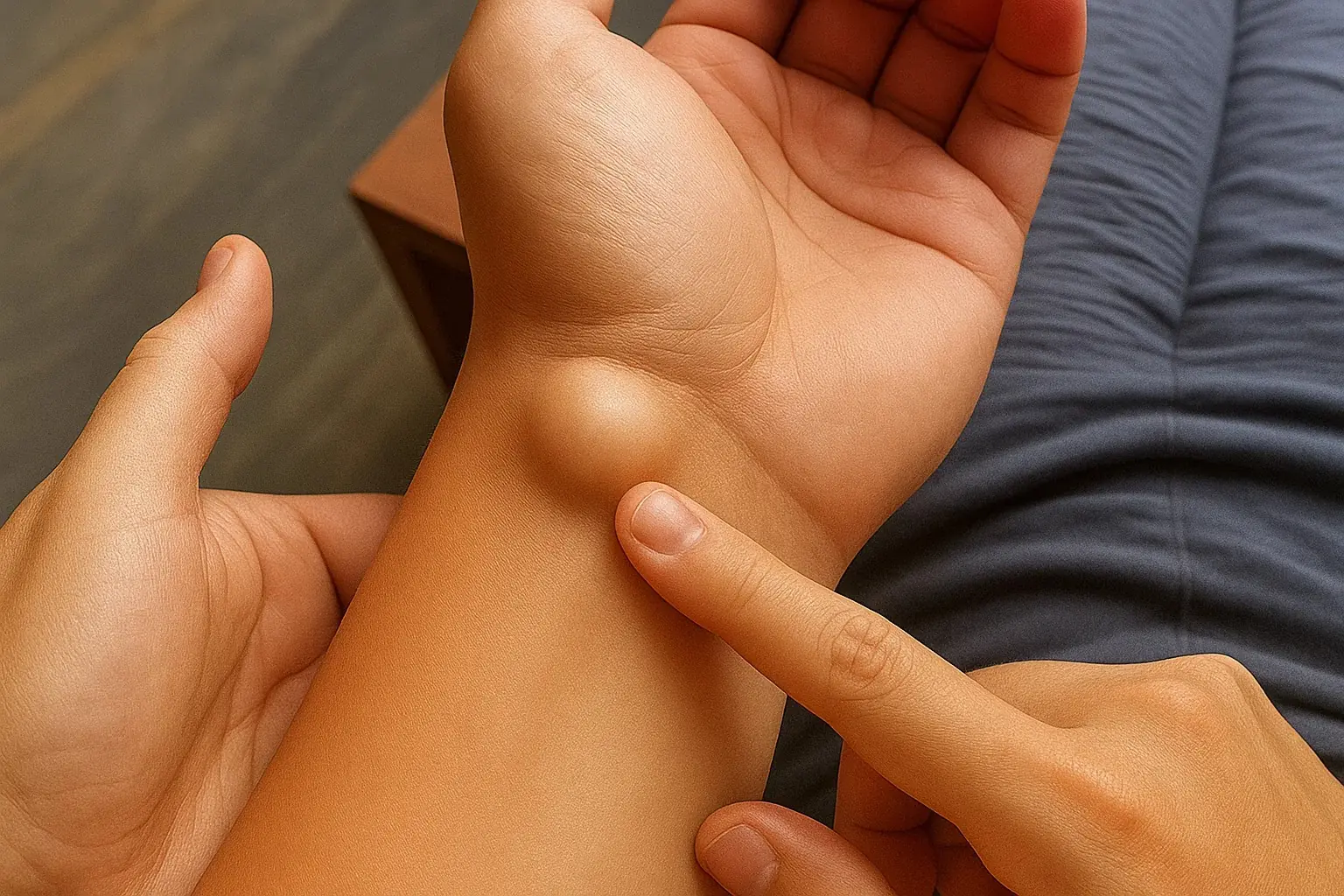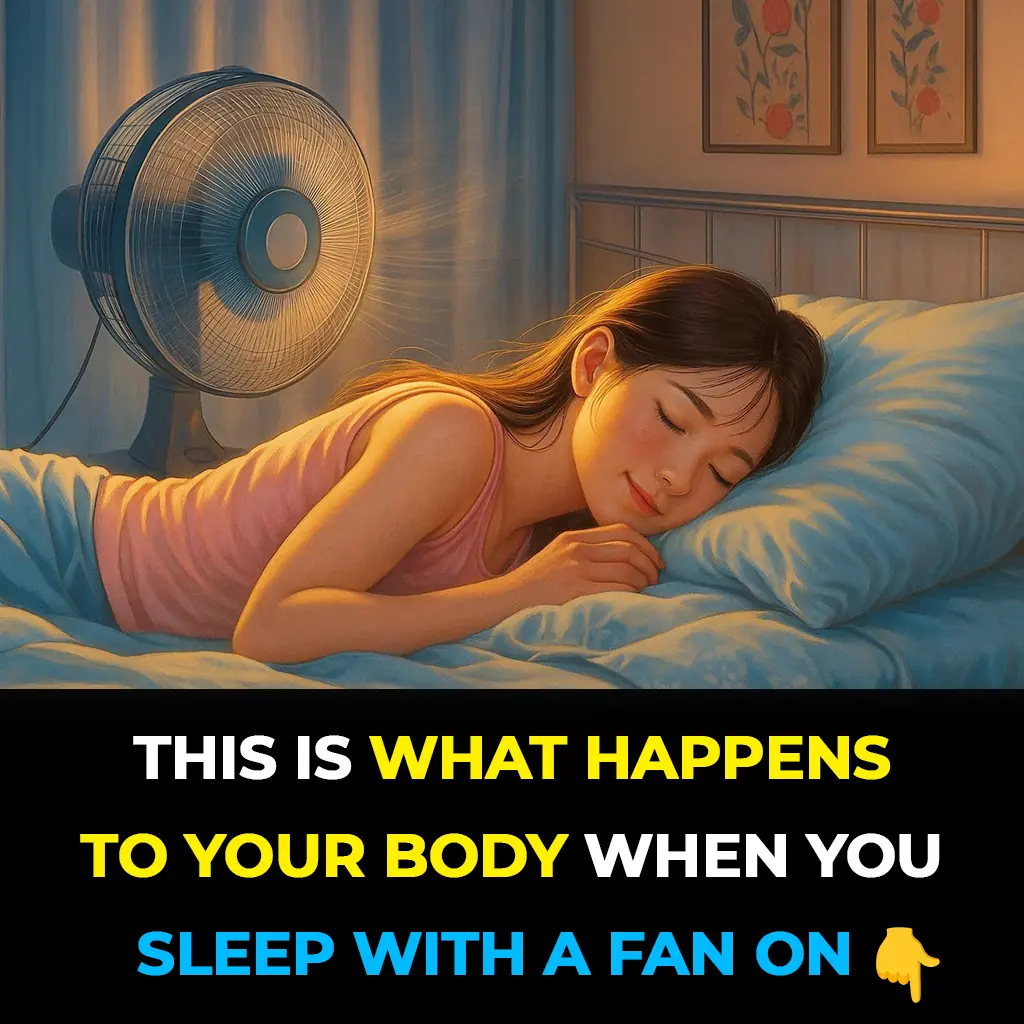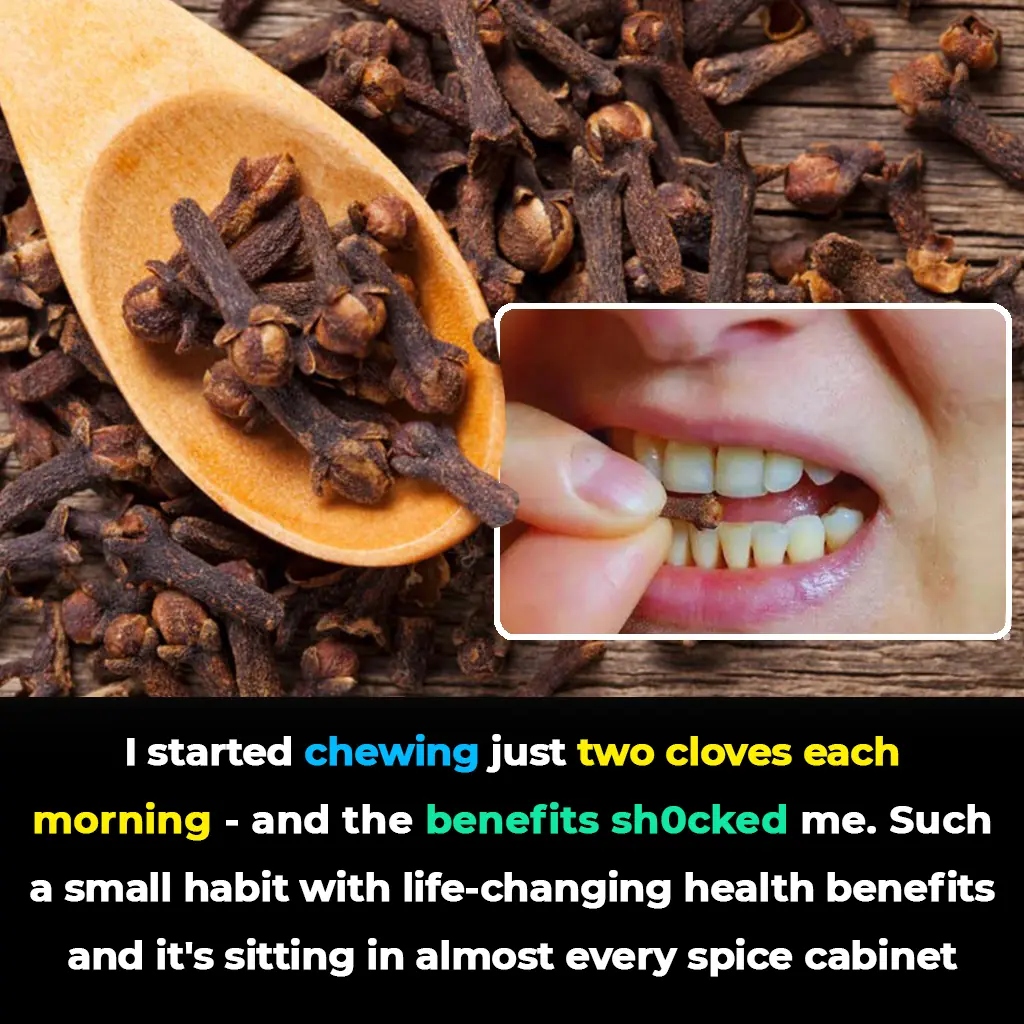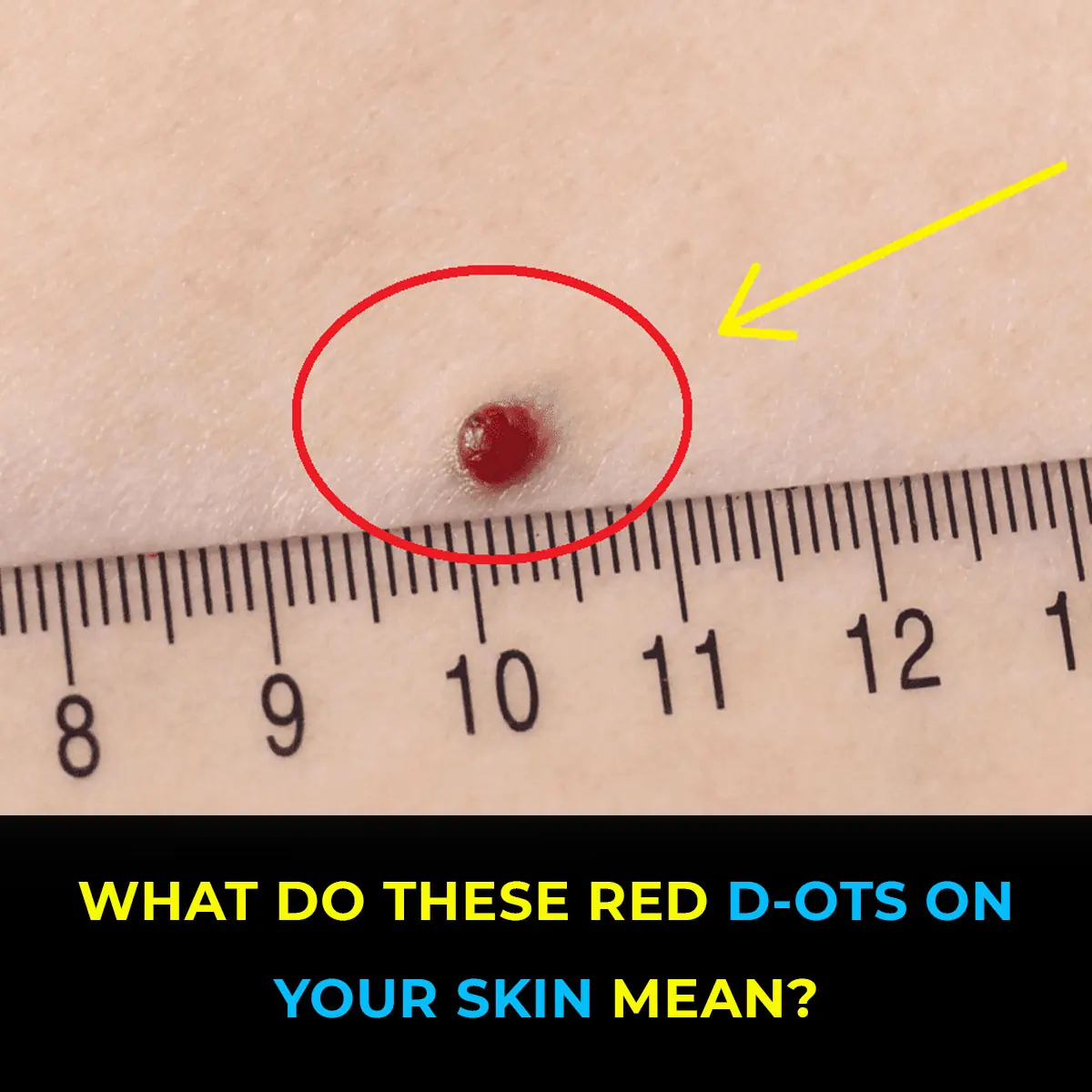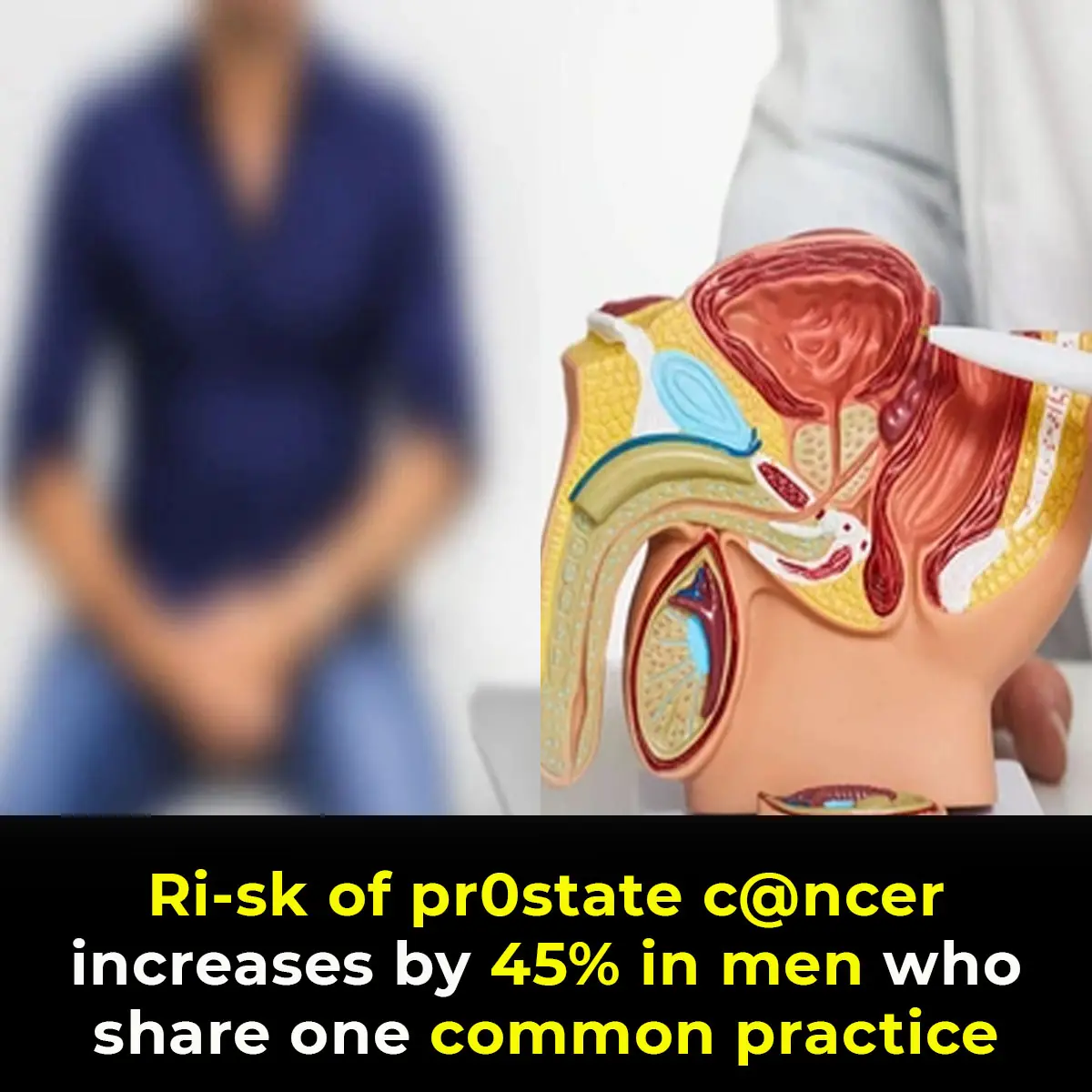While finger clubbing itself is a symptom rather than a disease, adopting healthy lifestyle habits can help reduce the risk of underlying conditions that cause it.
A quick check of your own hands could potentially reveal a silent warning sign of lung cancer — long before other symptoms show up. Known as the Schamroth window test, this easy at-home method involves nothing more than looking closely at your fingernails, yet it could provide valuable clues about your health.
Health experts in the United Kingdom are raising awareness about a subtle but important sign called finger clubbing. Emma Norton, an oncology nurse advisor, emphasizes that “most people have never heard of this unusual sign, and would never think to check for it.” While it is not a diagnosis in itself, finger clubbing may indicate serious underlying health issues, including lung cancer, and should prompt further medical evaluation.
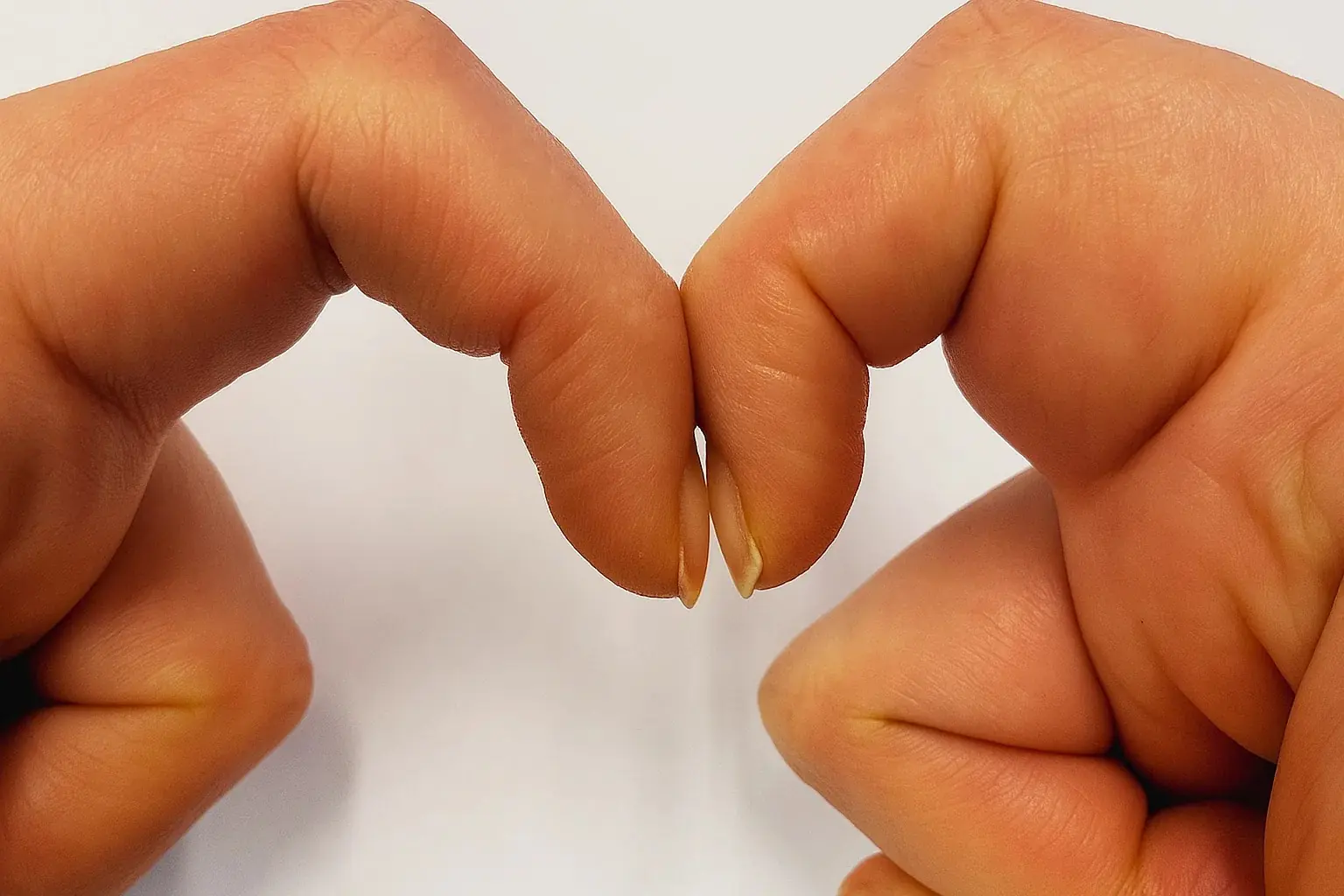
What Is Finger Clubbing and Why It Matters
Finger clubbing, also called digital clubbing, occurs when the tips of the fingers gradually swell and the nails curve more noticeably over time. This change eliminates the small diamond-shaped gap that normally appears when the nails of both index fingers are pressed together during the Schamroth window test.
In its early stages, finger clubbing can be subtle. The nail bed — the lighter area near your cuticle — may become softer, smoother, and shinier, often due to fluid buildup beneath the skin. Over time, the fingertips may appear enlarged or bulbous, and the curvature of the nails may become more pronounced. This curvature is sometimes referred to as Scarmouth’s sign when viewed from the side.
Interestingly, finger clubbing doesn’t always affect both hands equally. While it usually occurs on both sides, it can occasionally appear in just one hand. In every case, the change tends to develop gradually, often over weeks or months, rather than overnight.
How to Perform the Schamroth Window Test in 3 Simple Steps
This test is quick, painless, and can be done anywhere:
- Hold your hands in front of you.
- Bend your index fingers and press the fingernails together so the tops touch.
- Look for a tiny diamond-shaped gap between the cuticles.
If that gap is missing, it could indicate finger clubbing — a potential sign of lung disease, heart problems, or other medical conditions. In such cases, it’s wise to schedule an appointment with your healthcare provider for further assessment and diagnostic testing.
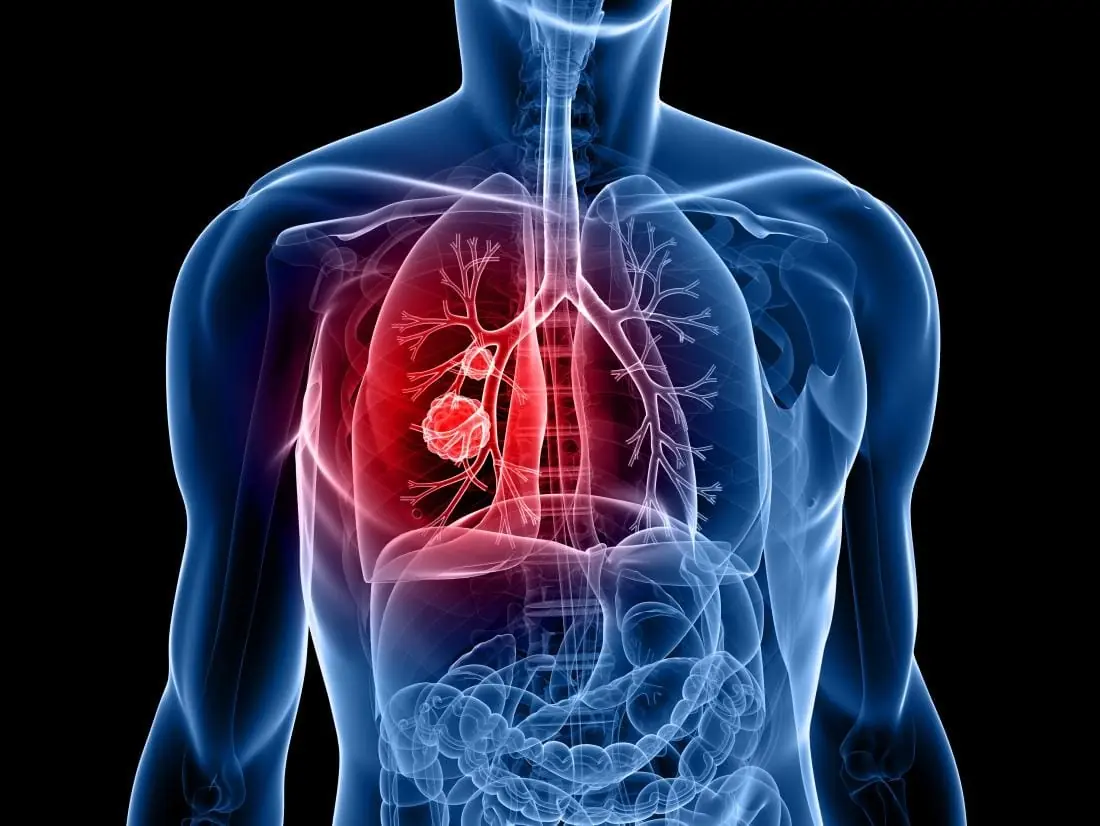
Other Nail Changes That Could Signal Health Problems
Your fingernails can reveal far more than you might think about your internal health. Here are a few other conditions worth knowing:
Koilonychia (Spoon Nails)
- Nails curve upward like a spoon, often with a central depression.
- Possible causes include iron or protein deficiency, lupus, or repeated exposure to petroleum-based solvents.
Thin or Brittle Nails
- Easily breakable nails that may signal thyroid disorders, metabolic bone disease such as osteoporosis, or malnutrition.
Beau’s Lines
- Horizontal indentations or white lines across the nail, often linked to past severe illnesses such as heart attack, serious infection, sepsis, chemotherapy effects, or severe zinc deficiency.
- The position of the lines can help estimate when the illness occurred, while their depth may reflect the severity.
Rough or Dull Nails
- Loss of the natural nail shine, sometimes resembling sandpaper.
- Can be associated with autoimmune disorders, psoriasis, or prolonged chemical exposure.
Prevention and Self-Care
While finger clubbing itself is a symptom rather than a disease, adopting healthy lifestyle habits can help reduce the risk of underlying conditions that cause it. Avoiding tobacco, limiting exposure to harmful chemicals, maintaining a nutrient-rich diet, and staying physically active are all important. Regular medical check-ups also increase the chances of detecting potential health problems early.
Your fingernails may seem like a small detail, but they can hold big clues about your overall health. By paying attention to these subtle changes — and acting promptly when something looks unusual — you might detect a serious condition before it advances.




